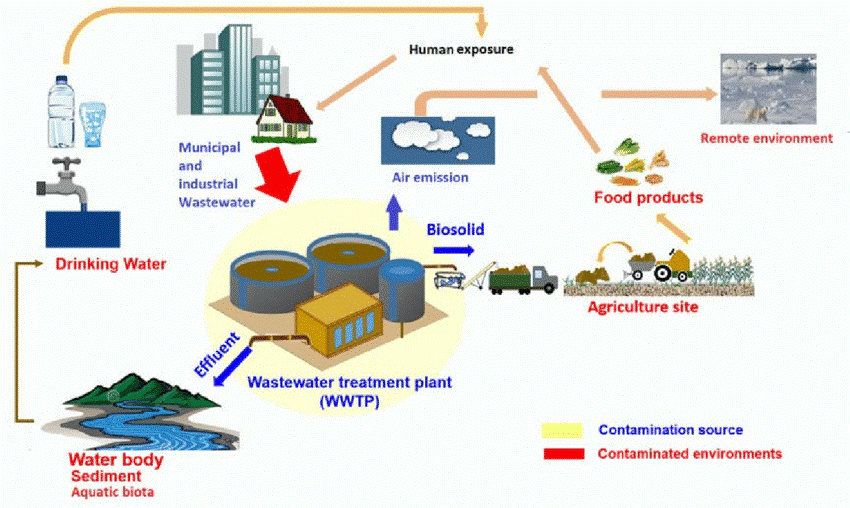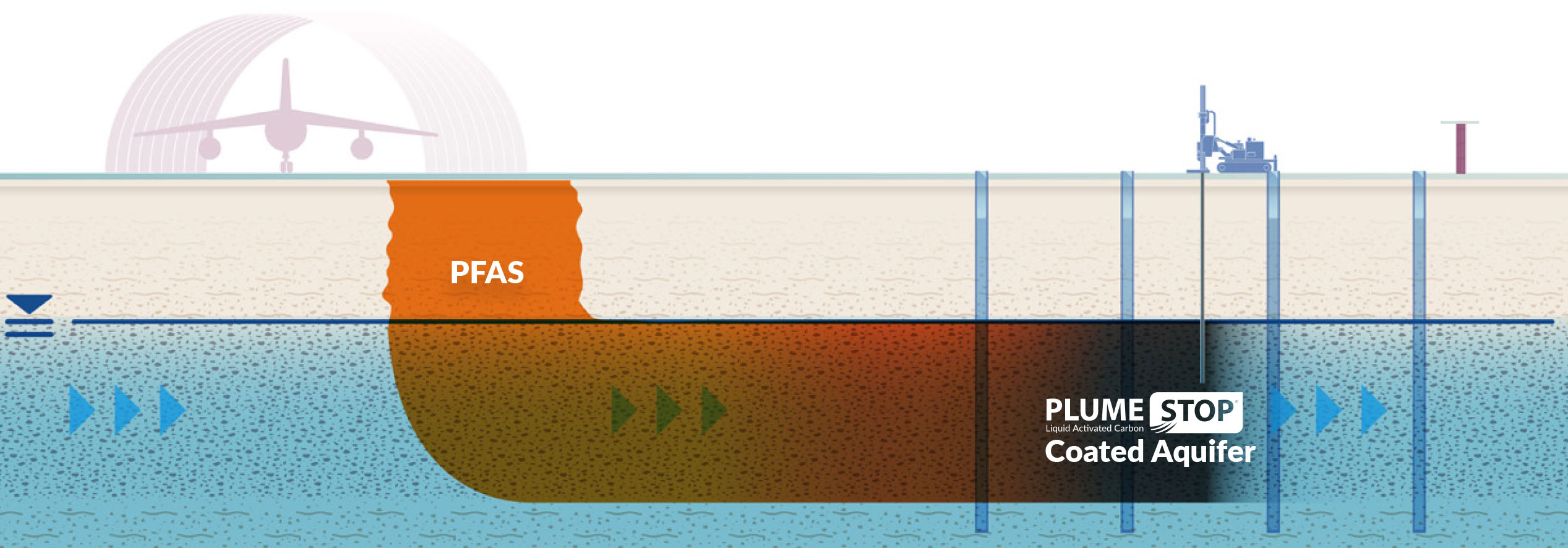PFAS Waste Management in Landfills to Minimize Environmental Harm
Innovative PFAS Therapy Solutions for Safer Water
The increasing prevalence of PFAS contamination in water supplies necessitates a critical exam of innovative treatment options. Furthermore, arising bioremediation strategies offer a more sustainable method to dealing with PFAS obstacles. pfas management.
Overview of PFAS Contamination
PFAS contamination has emerged as a considerable ecological and public wellness problem. Per- and polyfluoroalkyl materials (PFAS) are a team of artificial chemicals recognized for their persistence in the environment and human body, leading them to be typically described as "permanently chemicals." These compounds have been commonly utilized in different markets, including firefighting foams, water-repellent materials, and food packaging, mainly because of their water- and grease-resistant homes.
The prevalent use PFAS has resulted in their detection in soil, water supplies, and also in the blood of human beings and pets. Studies have actually connected PFAS direct exposure to various health issues, consisting of developing impacts in infants, body immune system disorder, and different forms of cancer cells. In addition, the environmental perseverance of these substances complicates their deterioration and removal, elevating worries regarding lasting ecological impacts.
Governing bodies are increasingly implementing rigorous guidelines to monitor and lower PFAS levels in drinking water and various other ecological mediums. As recognition of PFAS contamination grows, it has actually ended up being imperative for neighborhoods and industries to look for effective treatment solutions to minimize exposure and guard public health and wellness.
Advanced Filtration Technologies
As the seriousness to deal with PFAS contamination intensifies, progressed filtration innovations have actually arised as a pivotal part in the remediation initiatives targeted at eliminating these relentless chemicals from water sources. These modern technologies take advantage of innovative devices to efficiently target and catch PFAS compounds, which are infamously resistant to standard therapy techniques.
Among the most appealing approaches is making use of granular activated carbon (GAC), which adsorbs PFAS particles due to its high surface and permeable structure. This method has been extensively implemented in both community and commercial setups, demonstrating considerable decreases in PFAS focus. Additionally, ion exchange resins have acquired grip, specifically developed to selectively bind PFAS ions from water, therefore promoting their elimination.
Membrane layer purification modern technologies, such as reverse osmosis and nanofiltration, additionally show efficacy in PFAS removal by physically dividing contaminants from water - pfas management. These systems can accomplish high levels of purity, making them appropriate for alcohol consumption water applications
Chemical Therapy Innovations
Various chemical treatment advancements are being discovered to efficiently attend to PFAS contamination in water products. One encouraging strategy entails the usage of advanced oxidation processes (AOPs), which utilize effective oxidants such as ozone, hydrogen peroxide, or chlorine dioxide combined with UV light to break down PFAS compounds right into much less hazardous substances. This method has shown efficiency in research laboratory settings, revealing possible for scalability in real-world applications.
An additional cutting-edge approach is the advancement of ion-exchange resins specifically designed to target PFAS. These materials can uniquely adsorb PFAS substances from water, permitting their elimination during treatment procedures. Current improvements have improved the effectiveness and capacity of these resins, making them a beneficial option for water therapy centers.
Furthermore, researchers are exploring the usage of chemical representatives like persulfate and ferrous ions to boost the deterioration of PFAS in polluted water. These agents can generate chemical responses that promote the malfunction of persistent PFAS substances.
Emerging Bioremediation Strategies
Current advancements in chemical therapy advancements have led the way for discovering bioremediation techniques as a practical choice for dealing with PFAS contamination. Bioremediation uses the all-natural metabolic procedures of bacteria to break down or change contaminants, making it an enticing technique for taking on consistent contaminants like PFAS.
Emerging strategies in bioremediation include the usage of genetically engineered microorganisms that can especially target and break down here PFAS substances. These microbial strains are being established for their boosted destruction capabilities, boosting the performance of the remediation process. In addition, researchers are investigating the capacity of plant-assisted bioremediation, where specific plant varieties may uptake and withdraw PFAS from infected dirt and water.
Another appealing strategy is the application of bioaugmentation, which involves presenting beneficial bacteria right into contaminated settings to increase the deterioration of PFAS. This technique can promote faster remediation timelines and enhance general efficiency.

Regulatory Frameworks and Specifications
A thorough regulative framework is vital for successfully managing PFAS contamination and ensuring public health security. The enhancing recognition of per- and polyfluoroalkyl compounds (PFAS) as toxic wastes has prompted different government and state agencies to develop standards that govern their presence in water supplies. The United State Epa (EPA) has established health advisories and is pursuing establishing enforceable limitations for PFAS in alcohol consumption water.
State-level guidelines vary dramatically, with some states taking on more stringent standards than those recommended by you could try these out the EPA. These guidelines usually consist of optimum pollutant levels (MCLs) for specific PFAS substances, tracking demands, and reporting commitments for water utilities. In addition, emerging frameworks concentrate on the remediation of contaminated websites, highlighting the requirement for effective therapy innovations.

Conclusion
To conclude, the advancement and implementation Home Page of innovative PFAS therapy options are crucial for dealing with the pervasive issue of water contamination. Advanced filtering innovations, chemical therapies, and arising bioremediation techniques jointly provide a multifaceted strategy to successfully decrease and degrade PFAS degrees. As regulative structures proceed to evolve, incorporating these modern technologies will be important to safeguard public health and wellness and recover the honesty of polluted water sources, inevitably adding to a cleaner and safer environment.